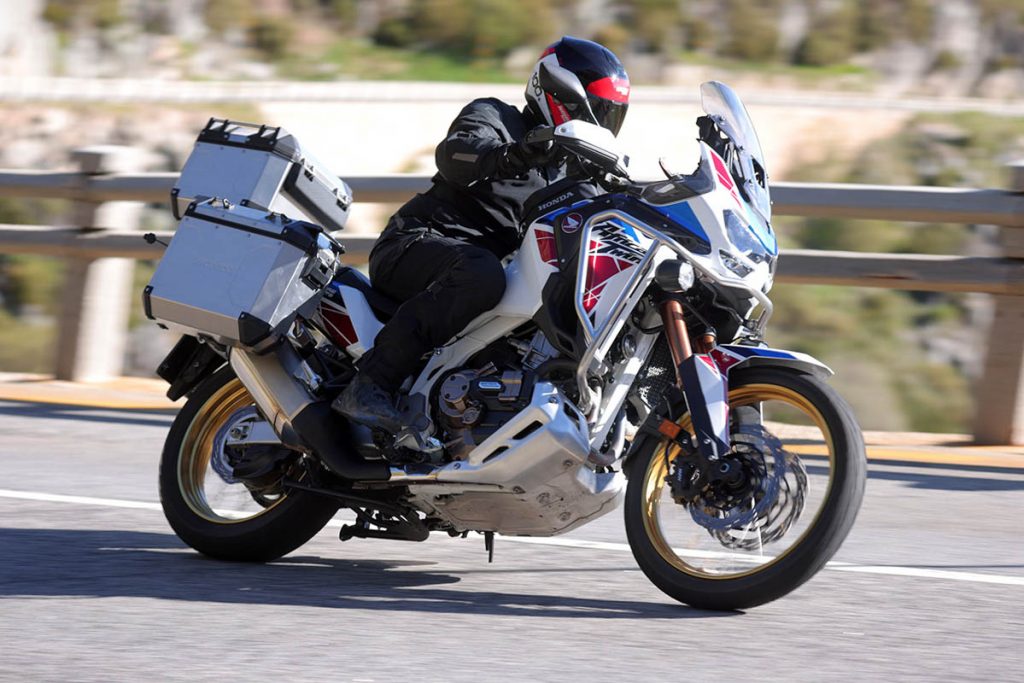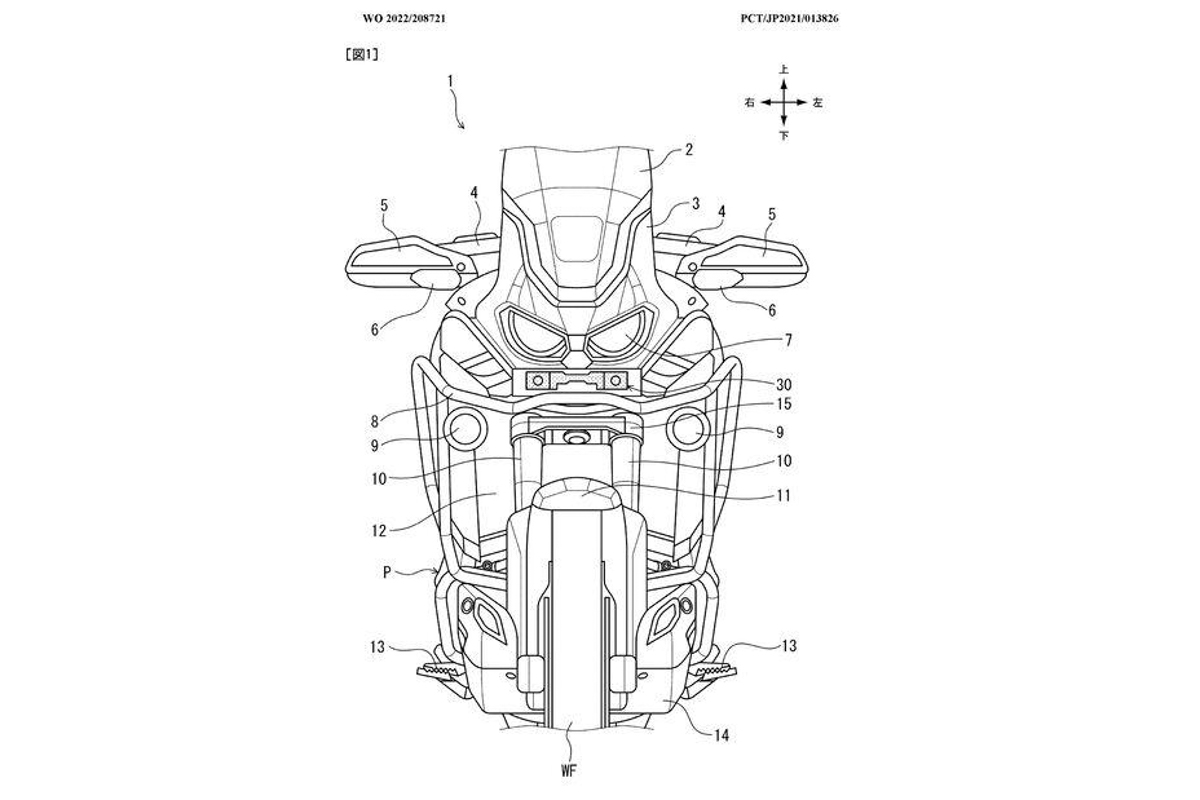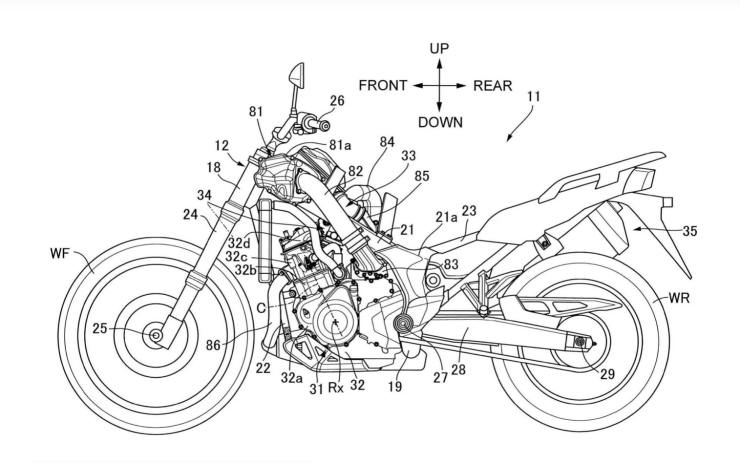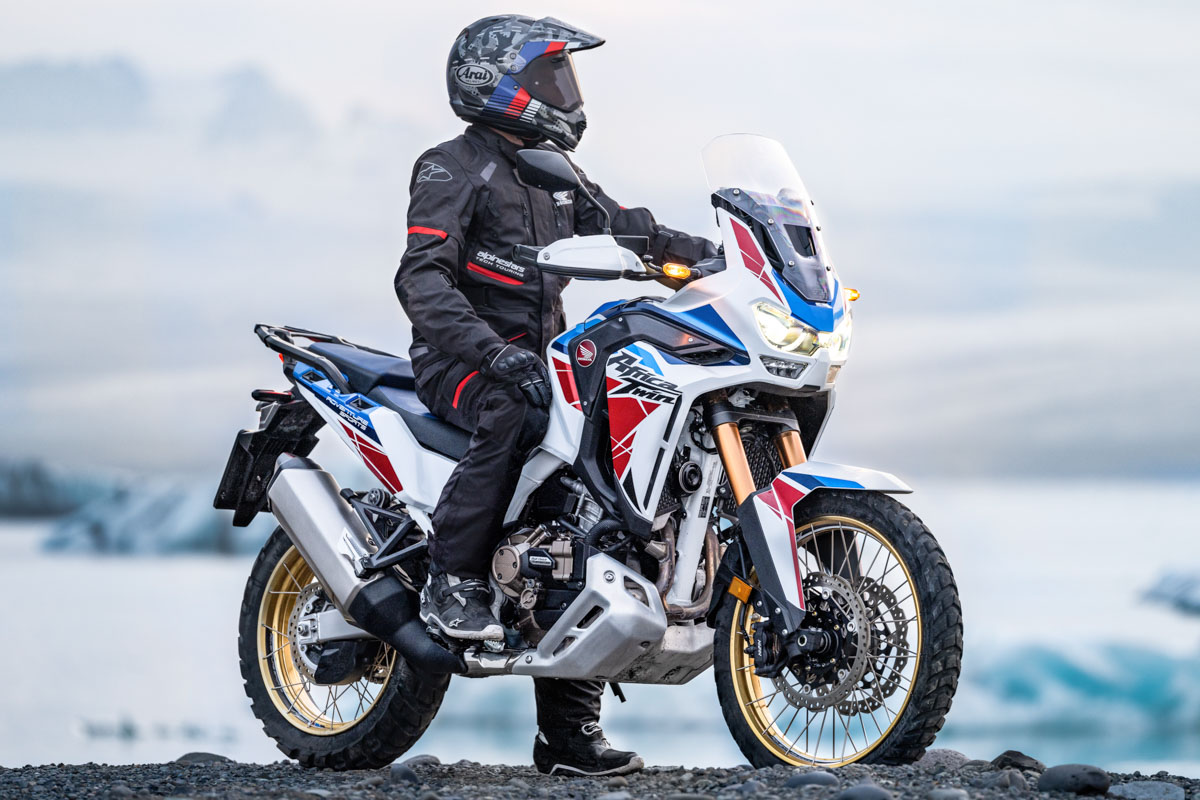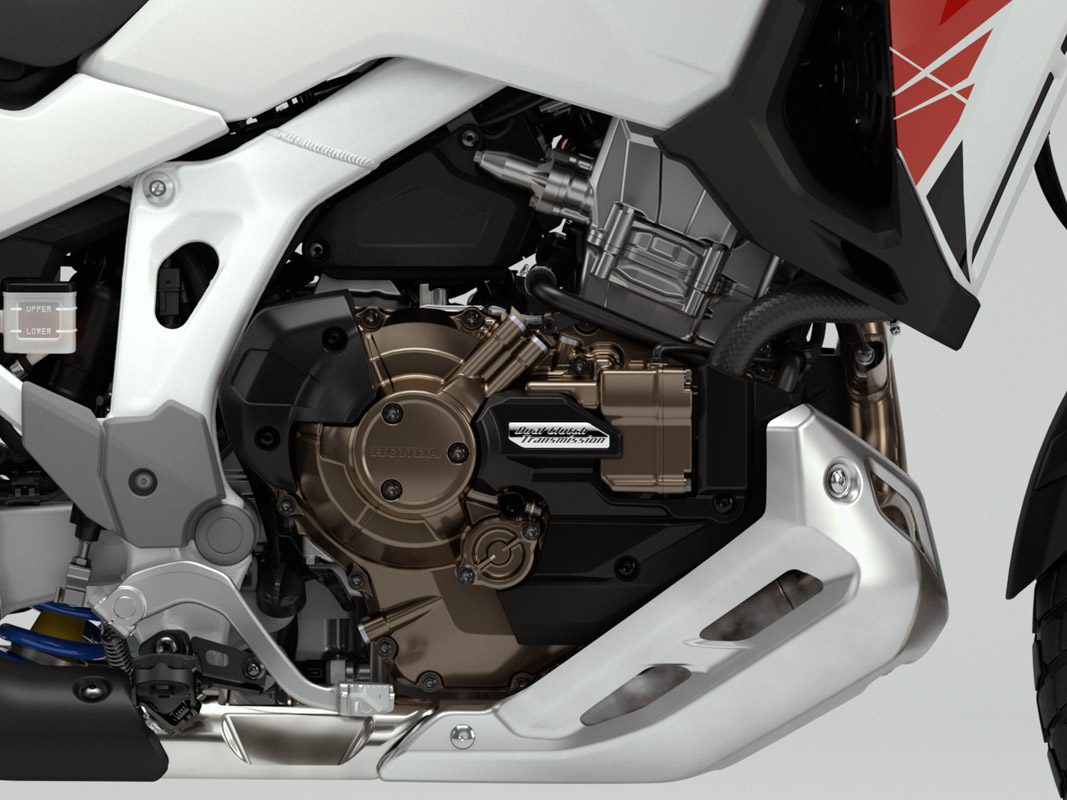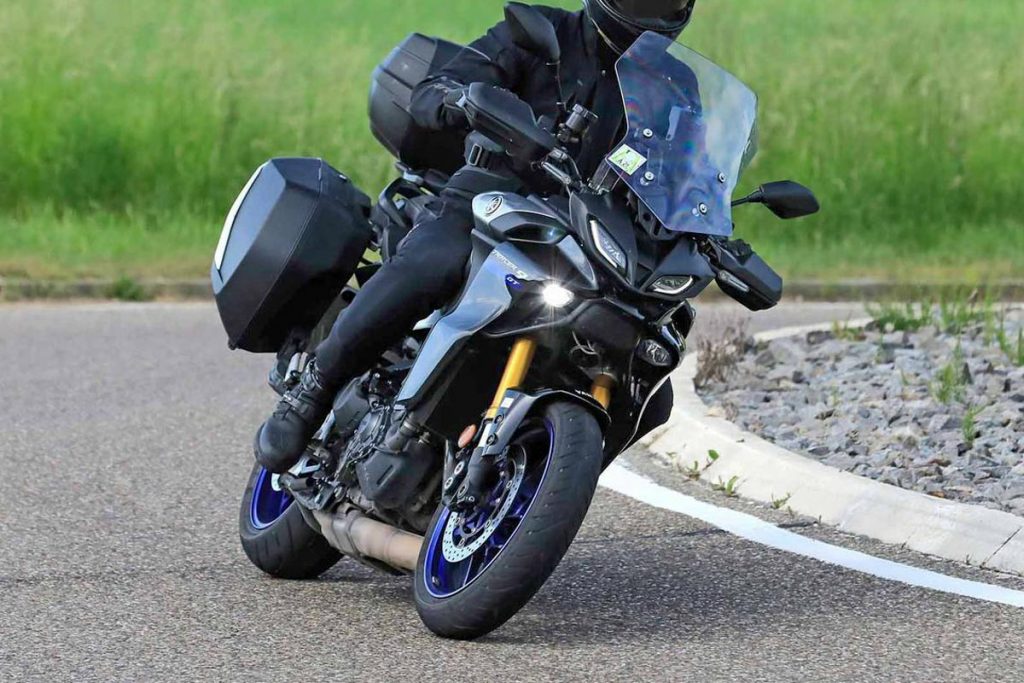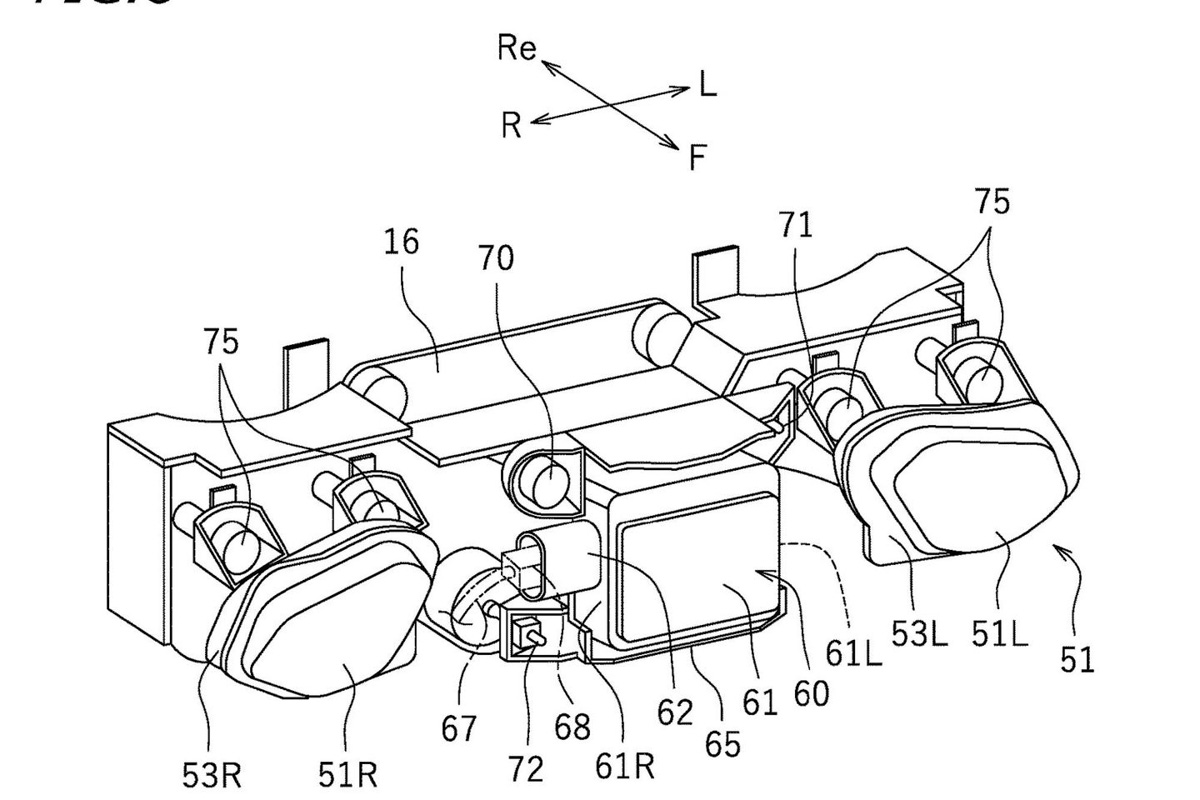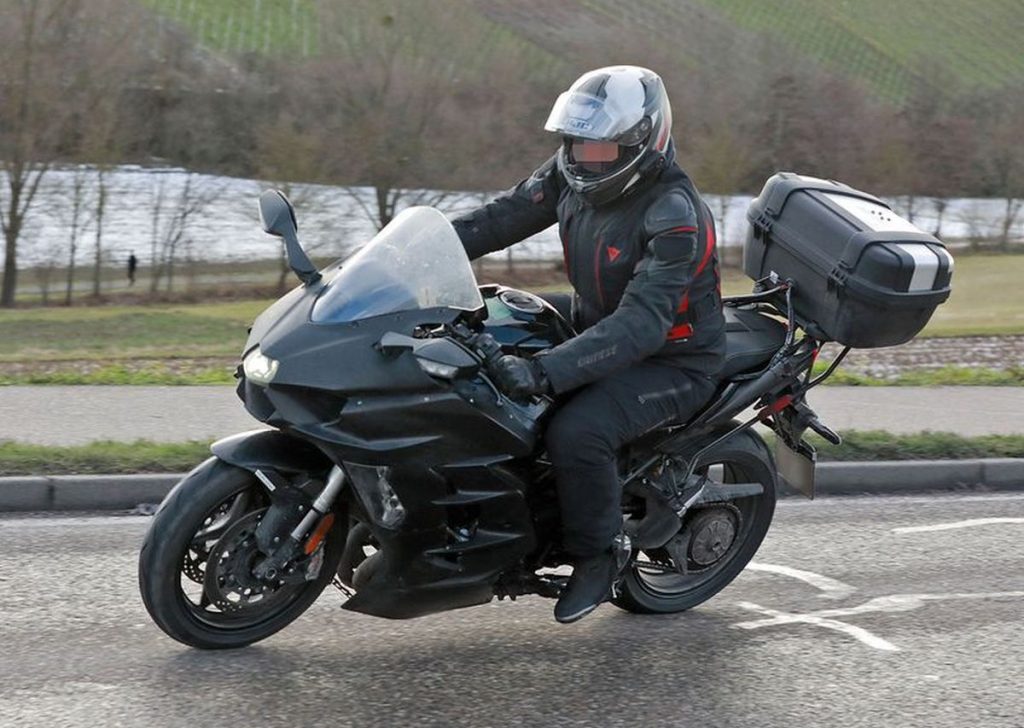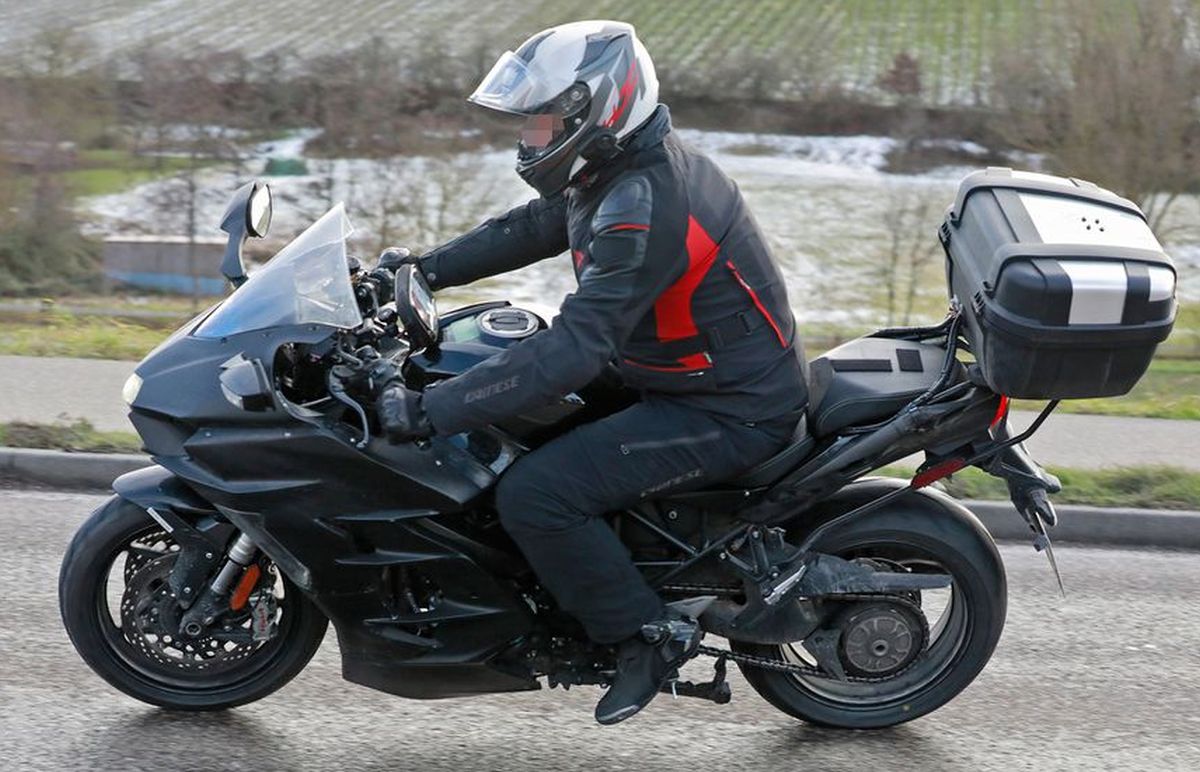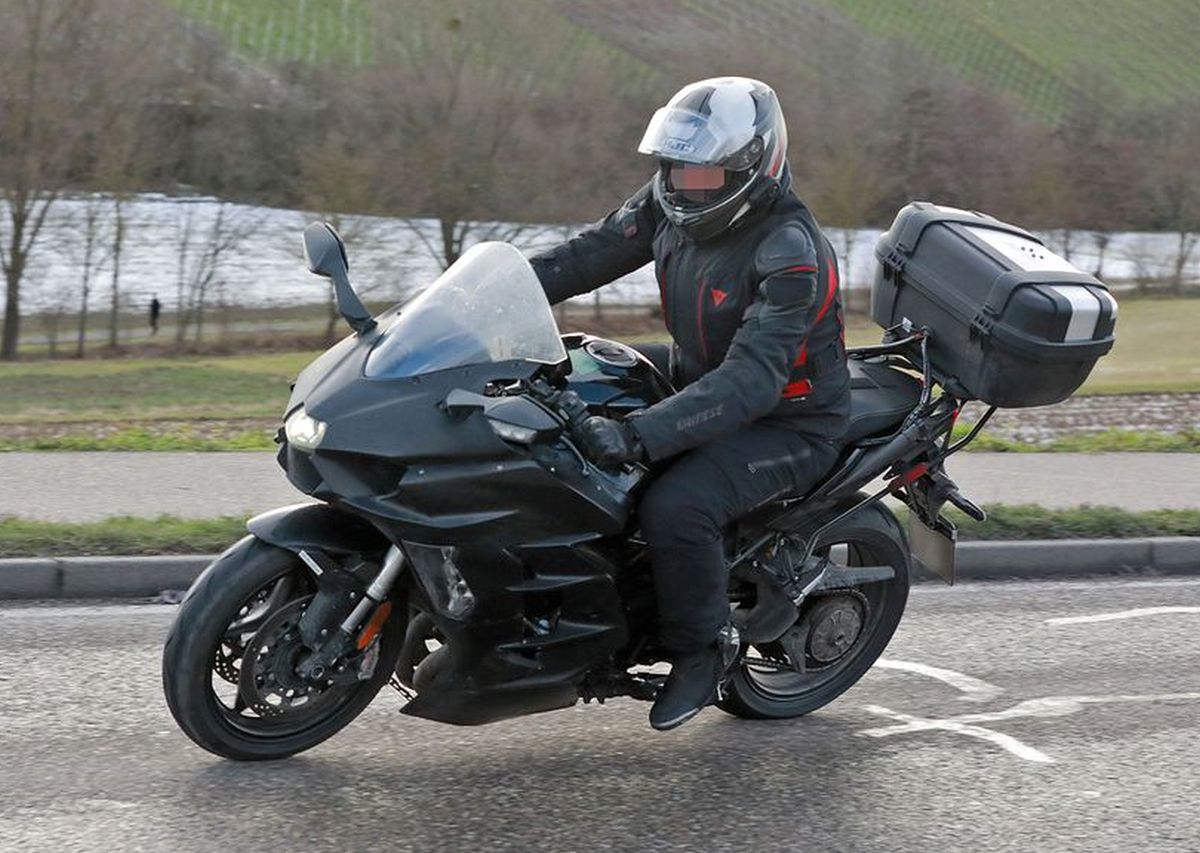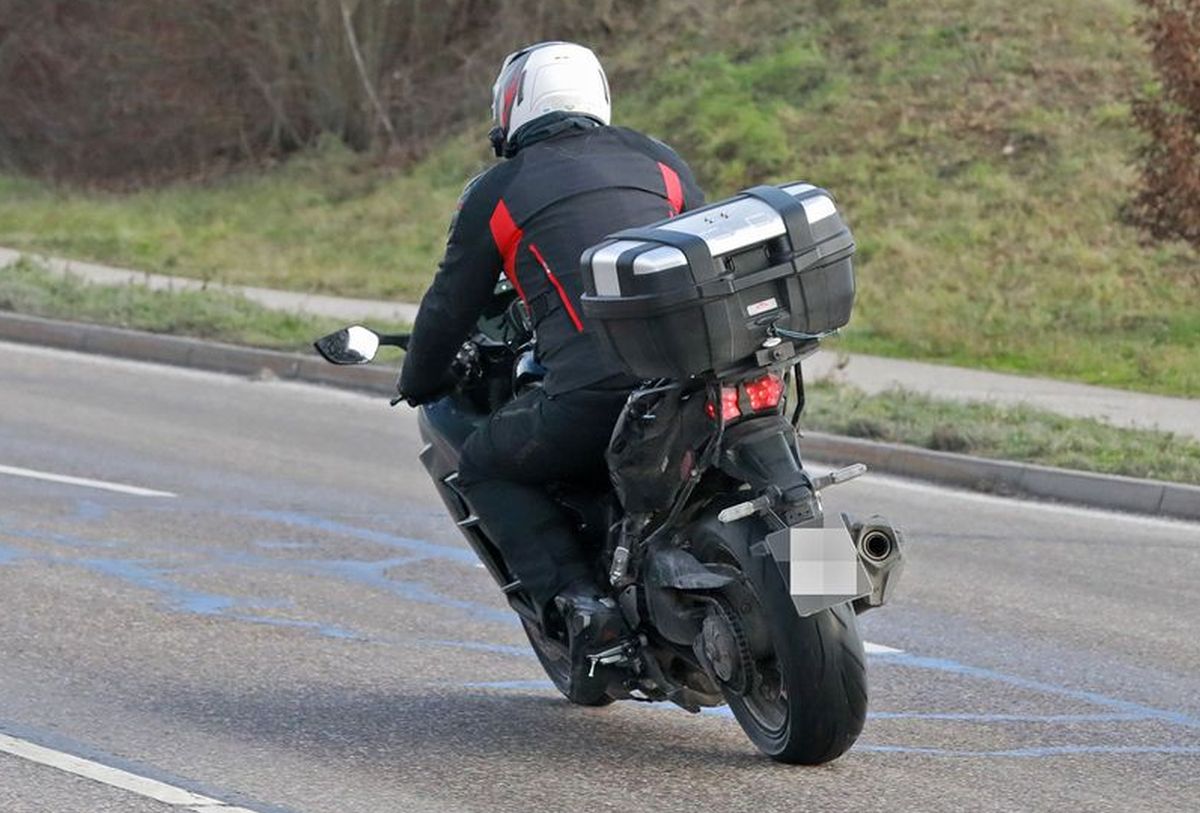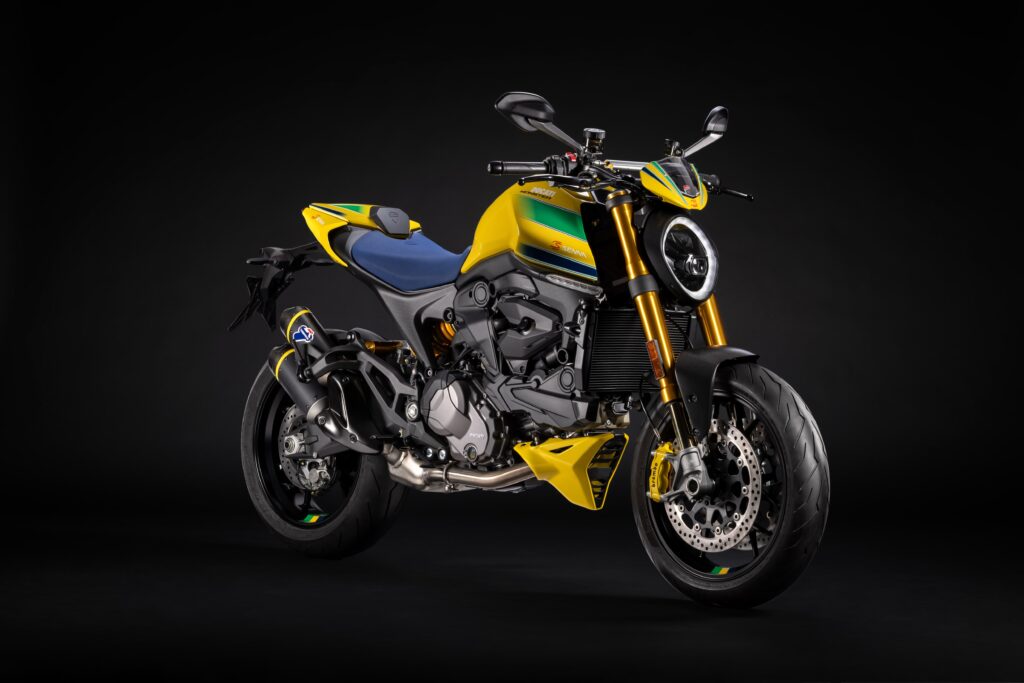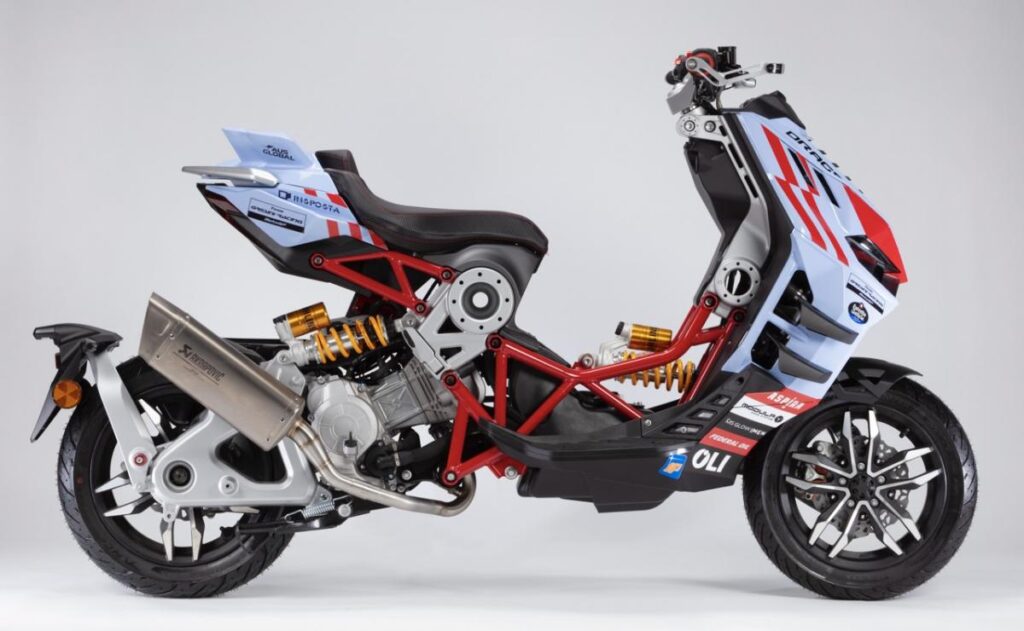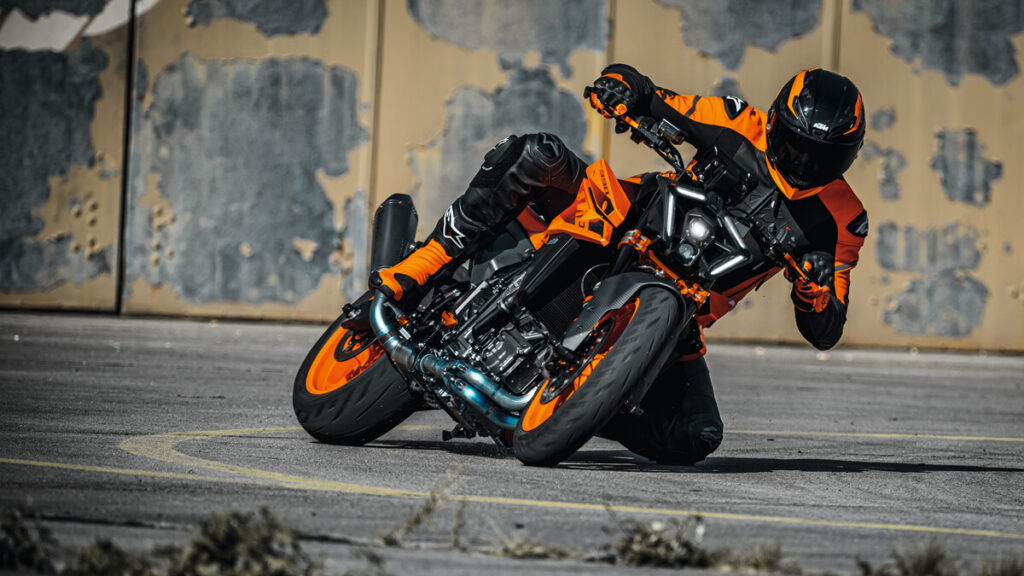In a fierce showdown set for 2024, Honda’s iconic Africa Twin is gearing up to challenge BMW’s highly anticipated R 1300 GS in the competitive open-class adventure motorcycle market.
- the next-generation Honda Africa Twin to feature radar-assist technology.
- latest type-approval documents also confirmed the introduction of direct fuel-injection.
As both manufacturers vie for dominance, riders can expect groundbreaking advancements and cutting-edge technologies from these two renowned giants.
BMW has confirmed the imminent launch of its much-sought-after R 1300 GS in September of this year. Building on the success of the R 1250 GS, this latest iteration promises revolutionary construction and on-board innovations, signaling a significant leap forward in the world of adventure bikes.
On the other hand, Honda’s Africa Twin follows a different approach, placing an emphasis on off-road capability over on-road touring and raw power. Despite their distinct focus, these formidable machines will undoubtedly attract similar groups of adventurous enthusiasts, creating an exciting competition for customer loyalty in 2024. The stakes are high, and the stage is set for a remarkable showdown.
Amid the buzz and anticipation, evidence has emerged supporting the development of an extensively updated Africa Twin. Honda has discreetly filed type-approval paperwork for its 2024 model, which intriguingly carries the model code “SD14.” This move signals the manufacturer’s determination to deliver a game-changing offering that will challenge BMW head-on.
While specific details about the new Africa Twin remain scarce, Honda’s recent patent filings have shed some light on potential enhancements. Notably, the company is working on incorporating front and rear radars into the bike’s design, akin to rivals such as KTM’s 1290 Super Adventure, Ducati’s Multistrada V4, and the upcoming BMW R 1300 GS.
These radars, either offered optionally or as standard, are poised to improve rider safety and experience, ensuring the Africa Twin keeps pace with the rapidly evolving adventure bike segment.
Among the most thrilling developments is the prospect of a direct fuel-injected version of the Africa Twin’s SOHC engine. This innovation aims to elevate performance, enhance fuel efficiency, and reduce emissions, underscoring Honda’s commitment to environmental consciousness and engineering excellence.
Furthermore, enthusiasts and experts alike are buzzing about the intriguing possibility of a supercharged Africa Twin. If realized, this extraordinary advancement could propel Honda’s champion to new heights, rivaling the formidable powerhouses represented by KTM’s big V-twins and Ducati’s Multistrada V4 range, all without requiring the development of an entirely new engine.



